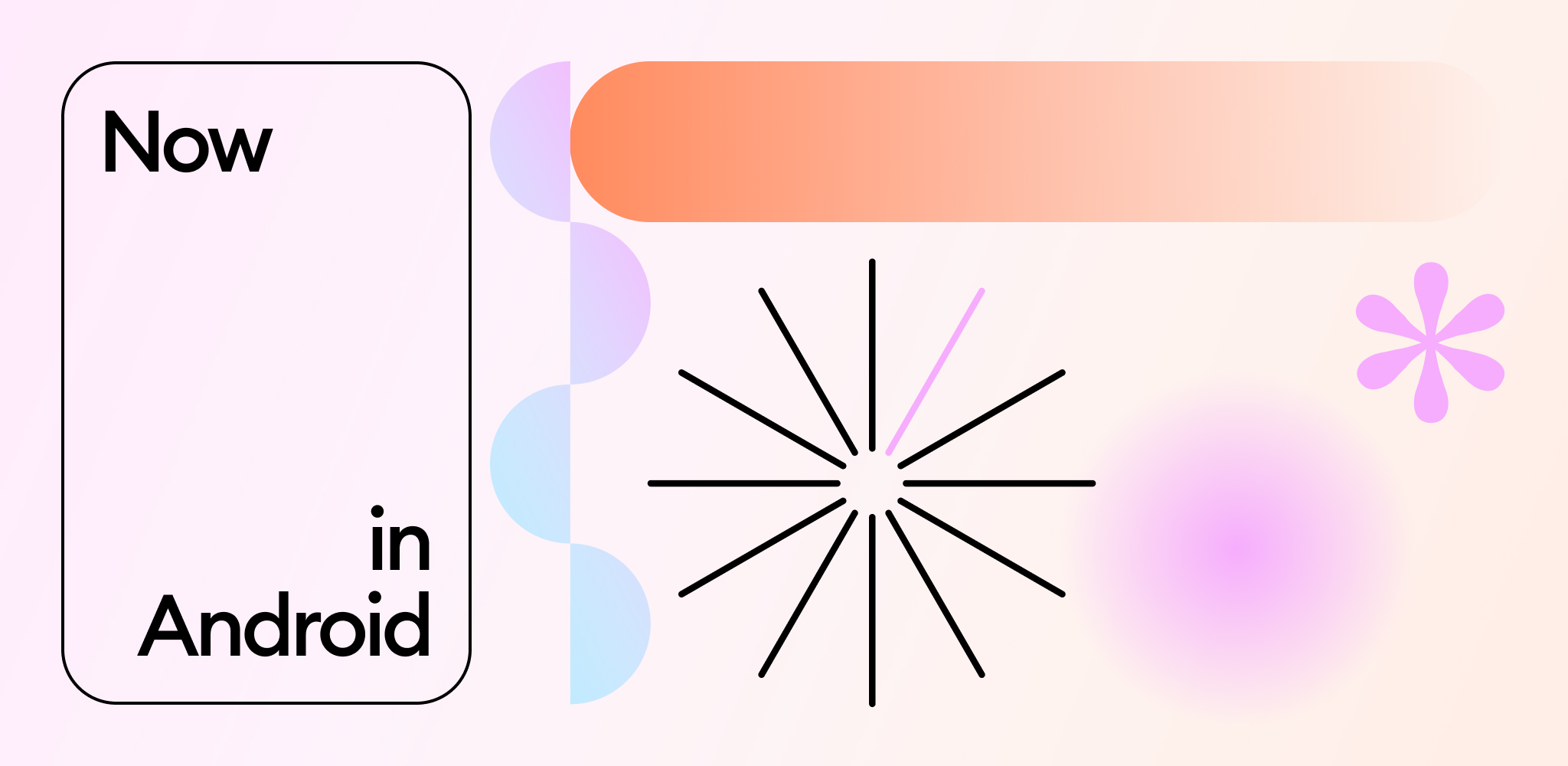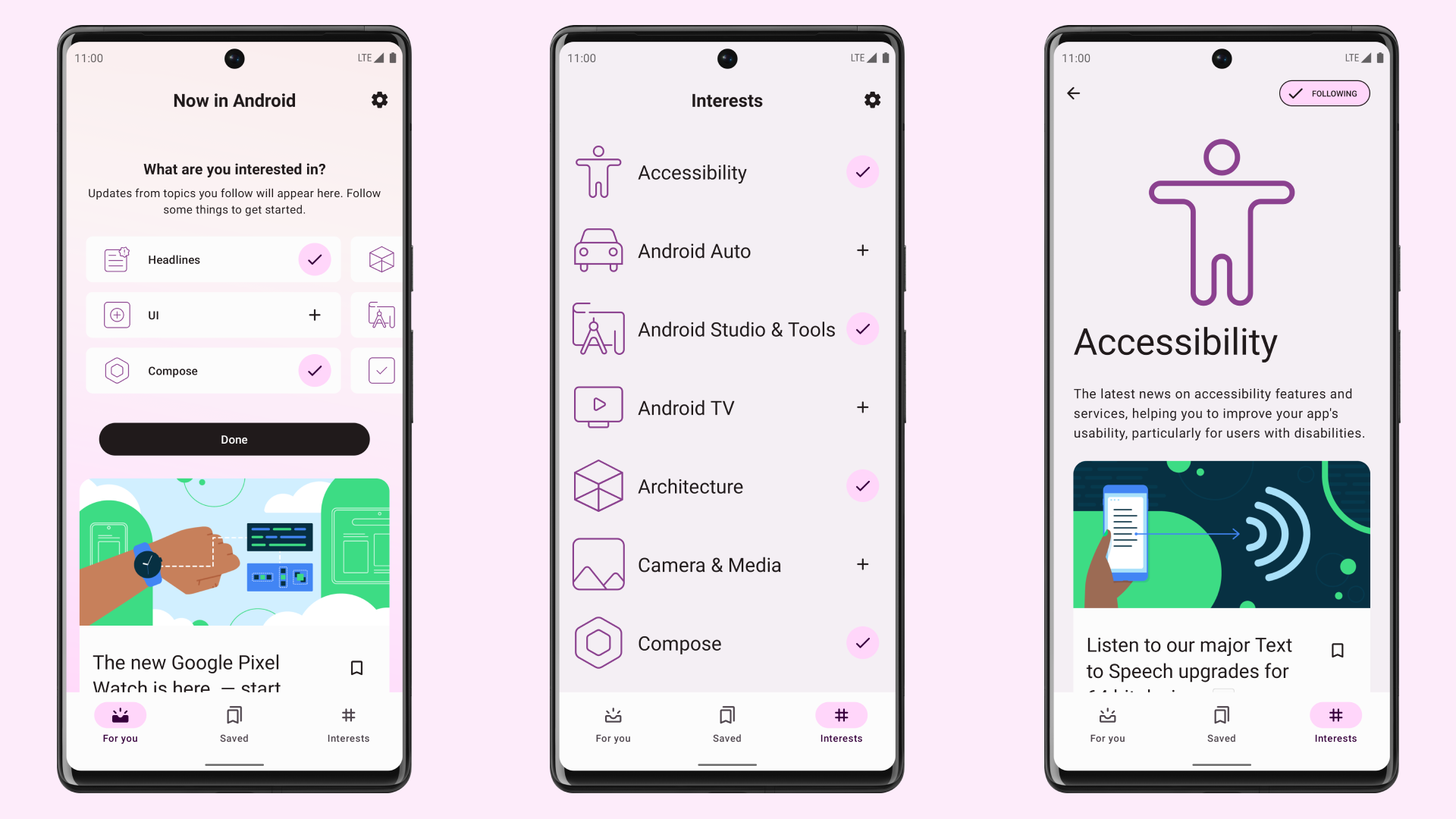|
|
8 months ago | |
|---|---|---|
| .github | 8 months ago | |
| 2 years ago | ||
| .idea | 1 year ago | |
| .run | 1 year ago | |
| app | 8 months ago | |
| app-nia-catalog | 8 months ago | |
| benchmarks | 9 months ago | |
| build-logic | 8 months ago | |
| core | 8 months ago | |
| docs | 9 months ago | |
| feature | 8 months ago | |
| gradle | 8 months ago | |
| kokoro | 2 years ago | |
| lint | 10 months ago | |
| spotless | 3 years ago | |
| sync | 8 months ago | |
| tools | 11 months ago | |
| ui-test-hilt-manifest | 1 year ago | |
| .editorconfig | 1 year ago | |
| .gitignore | 3 years ago | |
| CODE_OF_CONDUCT.md | 3 years ago | |
| CONTRIBUTING.md | 3 years ago | |
| LICENSE | 3 years ago | |
| README.md | 1 year ago | |
| build.gradle.kts | 8 months ago | |
| build_android_release.sh | 2 years ago | |
| compose_compiler_config.conf | 9 months ago | |
| generateModuleGraphs.sh | 8 months ago | |
| gradle.properties | 8 months ago | |
| gradlew | 1 year ago | |
| gradlew.bat | 8 months ago | |
| secrets.defaults.properties | 3 years ago | |
| settings.gradle.kts | 10 months ago | |
README.md
Now in Android App
Learn how this app was designed and built in the design case study, architecture learning journey and modularization learning journey.
This is the repository for the Now in Android app. It is a work in progress 🚧.
Now in Android is a fully functional Android app built entirely with Kotlin and Jetpack Compose. It follows Android design and development best practices and is intended to be a useful reference for developers. As a running app, it's intended to help developers keep up-to-date with the world of Android development by providing regular news updates.
The app is currently in development. The prodRelease variant is available on the Play Store.
Features
Now in Android displays content from the Now in Android series. Users can browse for links to recent videos, articles and other content. Users can also follow topics they are interested in, and be notified when new content is published which matches interests they are following.
Screenshots
Development Environment
Now in Android uses the Gradle build system and can be imported directly into Android Studio (make sure you are using the latest stable version available here).
Change the run configuration to app.
The demoDebug and demoRelease build variants can be built and run (the prod variants use a backend server which is not currently publicly available).
Once you're up and running, you can refer to the learning journeys below to get a better understanding of which libraries and tools are being used, the reasoning behind the approaches to UI, testing, architecture and more, and how all of these different pieces of the project fit together to create a complete app.
Architecture
The Now in Android app follows the official architecture guidance and is described in detail in the architecture learning journey.
Modularization
The Now in Android app has been fully modularized and you can find the detailed guidance and description of the modularization strategy used in modularization learning journey.
Build
The app contains the usual debug and release build variants.
In addition, the benchmark variant of app is used to test startup performance and generate a
baseline profile (see below for more information).
app-nia-catalog is a standalone app that displays the list of components that are stylized for
Now in Android.
The app also uses product flavors to control where content for the app should be loaded from.
The demo flavor uses static local data to allow immediate building and exploring of the UI.
The prod flavor makes real network calls to a backend server, providing up-to-date content. At
this time, there is not a public backend available.
For normal development use the demoDebug variant. For UI performance testing use the
demoRelease variant.
Testing
To facilitate testing of components, Now in Android uses dependency injection with Hilt.
Most data layer components are defined as interfaces.
Then, concrete implementations (with various dependencies) are bound to provide those interfaces to
other components in the app.
In tests, Now in Android notably does not use any mocking libraries.
Instead, the production implementations can be replaced with test doubles using Hilt's testing APIs
(or via manual constructor injection for ViewModel tests).
These test doubles implement the same interface as the production implementations and generally provide a simplified (but still realistic) implementation with additional testing hooks. This results in less brittle tests that may exercise more production code, instead of just verifying specific calls against mocks.
Examples:
-
In instrumentation tests, a temporary folder is used to store the user's preferences, which is wiped after each test. This allows using the real
DataStoreand exercising all related code, instead of mocking the flow of data updates. -
There are
Testimplementations of each repository, which implement the normal, full repository interface and also provide test-only hooks.ViewModeltests use theseTestrepositories, and thus can use the test-only hooks to manipulate the state of theTestrepository and verify the resulting behavior, instead of checking that specific repository methods were called.
To run the tests execute the following gradle tasks:
testDemoDebugrun all local tests against thedemoDebugvariant.connectedDemoDebugAndroidTestrun all instrumented tests against thedemoDebugvariant.
Note: You should not run ./gradlew test or ./gradlew connectedAndroidTest as this will execute
tests against all build variants which is both unecessary and will result in failures as only the
demoDebug variant is supported. No other variants have any tests (although this might change in future).
Screenshot tests
A screenshot test takes a screenshot of a screen or a UI component within the app, and compares it with a previously recorded screenshot which is known to be rendered correctly.
For example, Now in Android has screenshot tests to verify that the navigation is displayed correctly on different screen sizes (known correct screenshots).
Now In Android uses Roborazzi to run screenshot tests of certain screens and UI components. When working with screenshot tests the following gradle tasks are useful:
verifyRoborazziDemoDebugrun all screenshot tests, verifying the screenshots against the known correct screenshots.recordRoborazziDemoDebugrecord new "known correct" screenshots. Use this command when you have made changes to the UI and manually verified that they are rendered correctly. Screenshots will be stored inmodulename/src/test/screenshots.compareRoborazziDemoDebugcreate comparison images between failed tests and the known correct images. These can also be found inmodulename/src/test/screenshots.
Note: The known correct screenshots stored in this repository are recorded on CI using Linux. Other
platforms may (and probably will) generate slightly different images, making the screenshot tests fail.
When working on a non-Linux platform, a workaround to this is to run recordRoborazziDemoDebug on the
main branch before starting work. After making changes, verifyRoborazziDemoDebug will identify only
legitimate changes.
For more information about screenshot testing check out this talk.
UI
The app was designed using Material 3 guidelines. Learn more about the design process and obtain the design files in the Now in Android Material 3 Case Study (design assets also available as a PDF).
The Screens and UI elements are built entirely using Jetpack Compose.
The app has two themes:
- Dynamic color - uses colors based on the user's current color theme (if supported)
- Default theme - uses predefined colors when dynamic color is not supported
Each theme also supports dark mode.
The app uses adaptive layouts to support different screen sizes.
Find out more about the UI architecture here.
Performance
Benchmarks
Find all tests written using Macrobenchmark
in the benchmarks module. This module also contains the test to generate the Baseline profile.
Baseline profiles
The baseline profile for this app is located at app/src/main/baseline-prof.txt.
It contains rules that enable AOT compilation of the critical user path taken during app launch.
For more information on baseline profiles, read this document.
[!NOTE] The baseline profile needs to be re-generated for release builds that touch code which changes app startup.
To generate the baseline profile, select the benchmark build variant and run the
BaselineProfileGenerator benchmark test on an AOSP Android Emulator.
Then copy the resulting baseline profile from the emulator to app/src/main/baseline-prof.txt.
Compose compiler metrics
Run the following command to get and analyse compose compiler metrics:
./gradlew assembleRelease -PenableComposeCompilerMetrics=true -PenableComposeCompilerReports=true
The reports files will be added to build/compose-reports. The metrics files will also be added to build/compose-metrics.
For more information on Compose compiler metrics, see this blog post.
License
Now in Android is distributed under the terms of the Apache License (Version 2.0). See the license for more information.




